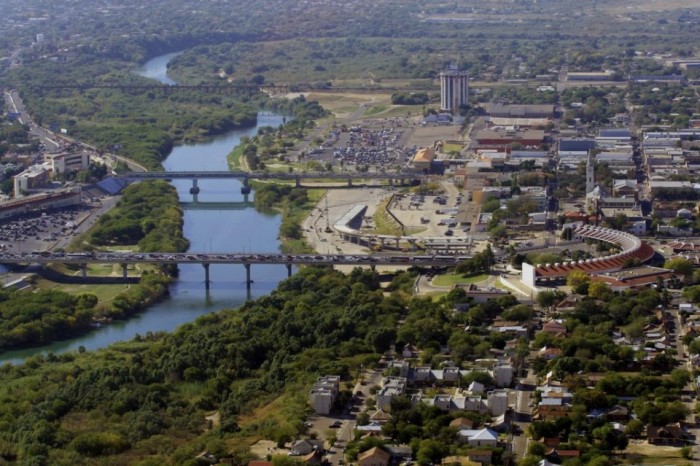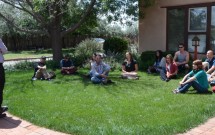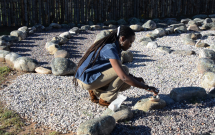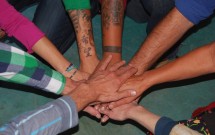
One of the things I appreciate most about studying at a place like Southwestern College is the wide breadth of ground that we cover. It is usually familiar territory, but I can tell you that I am now looking at things from completely new angles. Looking back I can see what a journey the last two years have been. In the fall of 2012, I remember asking in a class how quickly we should throw in the towel if we suspected we weren’t cut out for this. Some of my classmates seemed shocked that I would even entertain the idea of dropping out, but I remember my professor, Dr. Constance Buck, saying she would be more concerned if I was certain that I was going to be a great therapist. I am thankful that I had that moment of doubt, as her response has been a helpful resource from that moment on.
In the fall of 2013, I signed up for both Ethics and Psychopathology. I am grateful I took those courses together. What I needed to “unpack” that particular quarter was really held by those two classes and my professors, Gabrielle Tatha Viethen and Dr. James Michael Nolan. I finally started to believe that maybe I was cut out for this work, but the more I explored the material and my triggers, the more my doubt resurfaced. Being an immigrant and a native Spanish speaker I had considered working with immigrant and Spanish speaking populations. An immigrant family that I knew had been in a terrible car accident and watching them attempt to navigate their lives and the system in the aftermath really got me thinking about my childhood and where I am now.
Perhaps for the first time ever I had to take a very close look at the resources I have at my disposal (a good job, a savings account, the ability to speak English fluently, just to name a few). From a legal perspective, this family and I are no different. We are green card holding immigrants. The way we navigate our lives, however, is very different, and I suspect that their lack of resources has something to do with it. The path I have been on since I moved to the U.S. has impacted me at every turn.
My first job in the cotton fields of West Texas came at the age of four, about a year after we first immigrated. I worked that job almost every summer until I was about 15 years old. I remember a friend in college who thought there was something sort of romantic about the fact that I had worked the land, and maybe there was. But there is so much more wrapped up in this for me. I realized that people might see me and see a role model for their children. It’s a great story. I moved to this country at the age of three, worked the land and now manage the office of a successful construction company. I’m in grad school and own some real estate. But everything comes at a price. I now know that I traded parts of who I was for who I am. Again, it looks great on paper, but sometimes I have to wonder what it was that my family sacrificed so much for. Was my house with the two car garage and all the debt that goes with it really worth it? I may never know just how much of myself I traded in for the American Dream. After talking to other classmates that have also immigrated to the states, I know that I am not alone when I question what it was that I might have lost and whether what I gained was worth it.
Maybe this is the role that I would like to play if I do decide to become a therapist: helping clients, especially adolescents, choose who it is they want to be. Growing up in a small Texas town with a very small Mexican National population, I felt like my options were to assimilate or die, especially if I wanted to be successful. I chose success and quietly turned my back on family. I inhabited two worlds and hid the parts of myself in each that I felt were not fit for showing. I have realized in the past few years just how much of myself I still hide, but that story is for another day.
Part of me wants to believe that my journey could have been different. That I could have somehow traveled down both of these roads at the same time. There was no “how to” book on remaining true to who I was while incorporating aspects of my new culture. I imagine that the kids in my community are also experiencing issues in the process of assimilation. Though there is a much bigger Mexican National population in Santa Fe than I had while growing up, I wonder if it then becomes a pendulum swing in the other direction. What happens to the kids that are trying to assimilate if their families and communities are not supportive of them doing so? There’s a balance in here somewhere, and I imagine that for each of us it’s going to be different. I am thankful that I attend a school that is supportive of me exploring and working out some of these issues before sitting down to work with my clients.
 Southwestern College Santa Fe, NM
Southwestern College Santa Fe, NM





